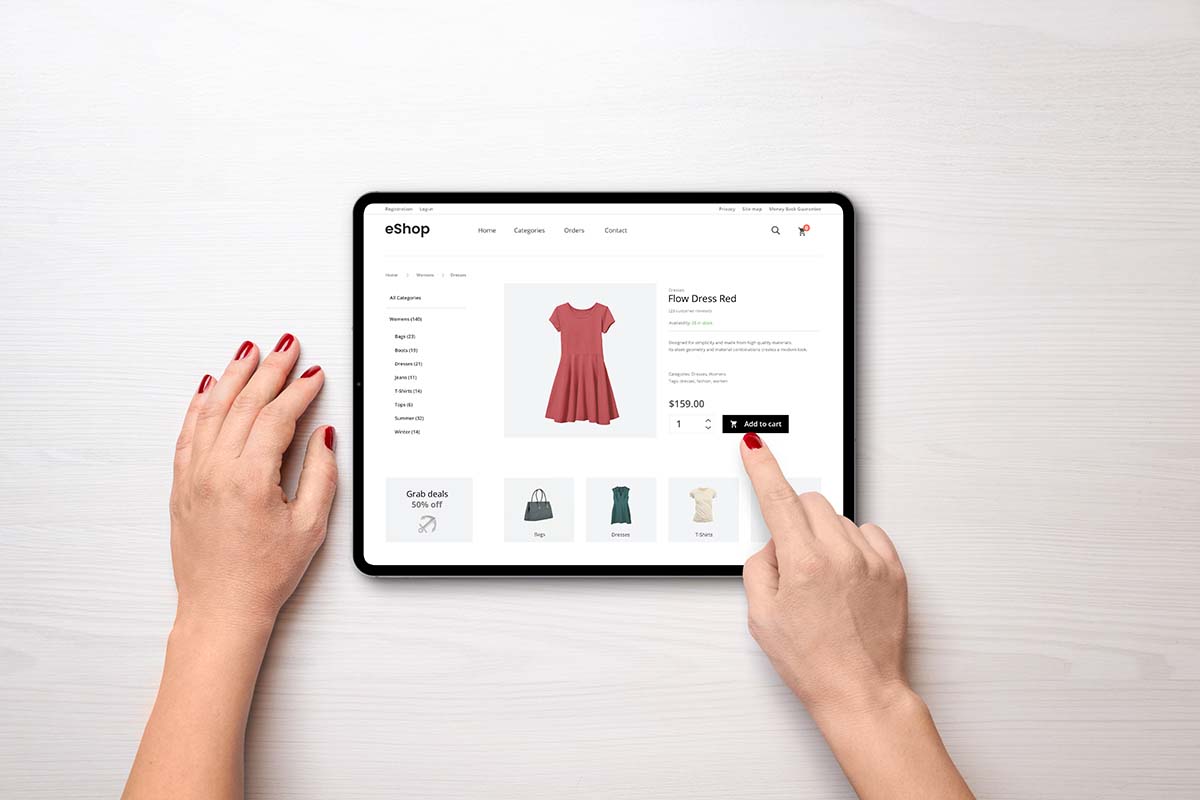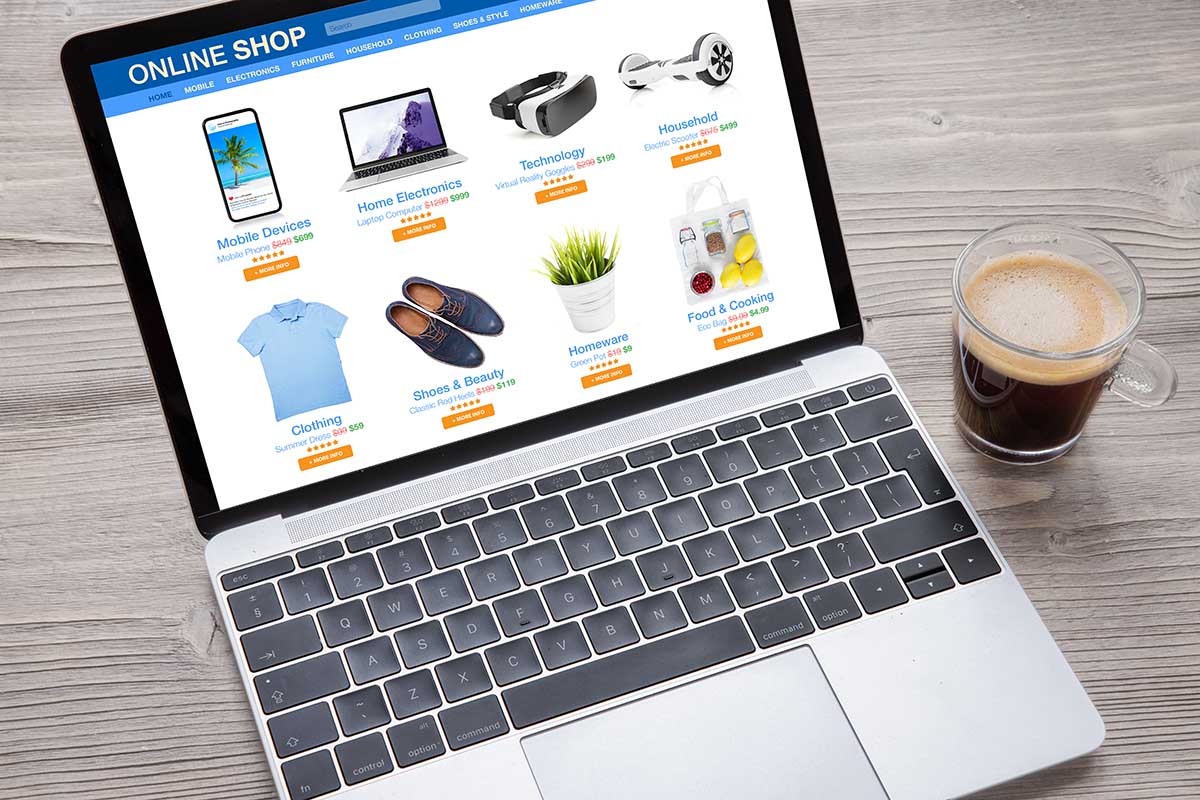Why Headless Commerce Is the Future of Online Stores (and What’s Holding Yours Back)
Key Points
- Speed Is the New Storefront Window.An online store with headless solutions loads faster and smoother, especially on mobile—which is critical now that Google ranks mobile experience higher than ever. Bonus: faster speed means lower bounce rates and higher conversion rates.
- Freedom to Design for Any Channel. Want to launch a new product line on Instagram, TikTok, or an app? With headless, you don’t have to wait weeks for backend integration. It lets you push content anywhere from a single backend—omnichannel becomes seamless.
- Scale Without Tech Debt. As your store grows, patching together plugins and add-ons becomes a nightmare. Headless lets you grow without the code bloat. It’s flexible, modular, and easier for developers to maintain (they’ll thank you later).
Just when your online store finally felt “done”—the layout looked clean, the products were loading fast, and the cart worked without bugs—another tech shift hits your radar: “headless commerce“
You might be thinking, “Do I really need another system overhaul?”
But today’s customers expect more than just a functional site.
They want fast, intuitive, personalized experiences across every device. And if your store still runs on traditional, tightly coupled platforms, you’re probably already feeling the squeeze:
Slower page load speeds killing your SEO;
Lack of flexibility in design updates;
Painful integrations when trying to launch on new channels (like TikTok Shop or mobile apps.)
That’s exactly where headless e-commerce comes in. It’s not just a buzzword—it’s a smarter way to build stores that can adapt quickly, scale easily, and deliver the speed your customers demand.
What Is Headless Commerce (But in Human Terms)?
Think of your online store like a person. In the traditional setup, the front end (what people see) and the back end (where the inventory, orders, and logic live) are fused together like a body with a fixed head.
But in headless commerce, you get to detach the head. That means you can redesign and style the frontend—your website, app, or even smart mirror interface—without breaking or waiting on the backend to catch up.
If you’re launching a supplement store and wondering what drives supplement store profits, this flexibility is key—you can quickly adapt your storefront to customer behavior, run targeted campaigns, and optimize for conversions across platforms without being held back by rigid systems.
You can be bold on the surface without fighting the backend every time.
The secret of change is to focus all of your energy not on fighting the old, but on building the new.— Socrates
Want to Compete in upcoming years? Headless Might Be Your Only Option
Traditional e-commerce platforms were built for yesterday’s shoppers—desktop-first, limited integrations, and clunky updates—while today’s customers expect speed and flexibility that only an online store with headless solutions can truly deliver.
Today, customer journeys are faster, shorter, and scattered across platforms.
If your store isn’t built to respond to that, you’re losing revenue you didn’t even know you were missing.
Next up, we’ll walk through real examples of how brands have used headless to double conversions, boost speed, and finally escape the plugin patchwork.
The Advantages of Going Headless
1. Speed and Performance
One of the biggest gripes of online shoppers is slow loading times. An online store with headless solutions minimizes this issue. Since the frontend and backend don’t need to communicate in real-time constantly, sites can load faster, making the shopping experience smoother and more enjoyable.
2. Flexibility
Ever wanted to revamp your store’s design but held back, fearing the potential tech mess?
With headless, you can tweak the user interface without disturbing backend processes. It’s the freedom every brand dreams of – keeping operations stable while giving the storefront a facelift.
3. Omnichannel Selling
Today’s customers shop everywhere—on phones, tablets, desktops, smartwatches, and even through voice assistants.
An online store with headless solutions allows you to create a seamless, consistent shopping experience across all platforms. Whether a customer adds a product to their cart via mobile or completes checkout on a laptop, everything works smoothly.
This flexibility not only meets your customers where they are—it keeps them coming back.
4. Future-Ready
E-commerce trends shift fast—and getting stuck with outdated tech can leave your store behind.
With an online store powered by headless solutions, you’re building on a flexible foundation that’s ready for whatever comes next. Whether it’s integrating with new sales channels, adopting AI-driven tools, or responding to customer behavior in real time, headless architecture lets you adapt without starting from scratch.
Stay agile, stay relevant, and always stay ahead of the curve.
Key Components of a Dynamic and Responsive Headless Store
- API-First Architecture
At the core of every headless commerce solution is an API-first architecture—the engine that powers your store’s flexibility and speed.
APIs (Application Programming Interfaces) act as smart messengers between your frontend and backend, allowing them to communicate seamlessly without being tightly coupled.
This means you can push real-time updates, sync inventory, process orders, and deliver consistent customer experiences—without disrupting your entire system.
It’s the behind-the-scenes magic that keeps your store agile, responsive, and scalable.
- Content Delivery Networks (CDNs)
If your customers are spread across the globe, Content Delivery Networks (CDNs) are essential—not optional.
CDNs store cached versions of your website’s content on servers in multiple geographic locations. So whether your shopper is in New York, Berlin, or Tokyo, they’ll experience faster load times and smoother browsing.
For an online store with headless solutions, integrating CDNs ensures your frontend performs at lightning speed—no matter where your audience is. Faster pages mean better user experiences, lower bounce rates, and higher conversion potential worldwide.
- Progressive Web Apps (PWAs)
PWAs are websites that feel and function like native mobile apps—and they’re a game-changer for modern e-commerce.
With headless commerce, you can build your store as a PWA, ensuring it’s fast, mobile-responsive, and equipped with features like offline browsing, instant loading, and push notifications.
The result? A smoother, app-like shopping experience without requiring users to download anything—just tap, browse, and buy.
- Microservices
Instead of relying on one bulky system to run everything, microservices break your e-commerce architecture into specialized, manageable parts—like checkout, product search, payments, and user profiles.
This modular setup lets you update or scale individual features without touching the entire system, dramatically improving site stability and development speed.
In short: microservices make your store more flexible, resilient, and future-proof—the perfect partner for a headless approach.
Steps to Implement a Headless Ecommerce Platform
Ready to Go Headless? Here’s Your Roadmap to Get Started:
If you’re nodding along thinking, “This is exactly what my store needs,” here’s how to start making it happen—step by step:
✅ 1. Evaluate Your Current Setup
Before diving in, take an honest look at your existing e-commerce system.
Is your platform slowing you down? Are design changes a hassle?
If it feels clunky, rigid, or hard to scale—that’s your first signal it’s time to switch.
✅ 2. Choose the Right Headless Platform
Not all headless platforms are built the same.
Look for one that supports your business goals, tech stack, and growth stage—whether that’s Shopify Hydrogen, BigCommerce, Commerce Layer, or another modern headless solution.
Pick a backend that grows with you—not against you.
✅ 3. Select Your Frontend Framework
Now comes the fun part: designing your storefront.
Since the frontend is decoupled, you can use flexible frameworks like React, Vue.js, or Angular to build a fast, custom experience that feels on-brand and conversion-focused.
✅ 4. Integrate and Test Everything
Once your backend and frontend are talking, it’s time to bring it all together.
Run performance tests, check responsiveness across devices, fix bugs, and ensure smooth UX from homepage to checkout.
Headless is powerful—but only if every moving part syncs beautifully.
Challenges To Be Aware Of
No solution is without its challenges. Here are a few to keep in mind:
- Complexity – Going headless can be complex, especially if you’re new to the game. You might need a skilled tech team to manage the operations.
- Cost – Implementing a robust headless solution might have higher upfront costs, although the long-term benefits often justify the investment.
- Maintenance – With great power comes great responsibility. Regular updates and maintenance are key to ensuring everything runs smoothly.
Responsive online store with headless solutions: parting thoughts
In conclusion, building a responsive online store with headless solutions isn’t just a trend—it’s a strategic move for businesses ready to meet the speed, personalization, and cross-platform demands of today’s shoppers.
Whether you’ve been frustrated by slow load times, clunky updates, or limited design freedom, headless commerce helps you break free from those limitations. You’ll get faster site speeds, easier multichannel expansion, better mobile performance, and full control over the customer journey—from product discovery to checkout.
If you’re serious about what drives store profits (or any online retail success), a headless setup could be your most powerful growth tool.
The future of e-commerce is flexible, fast, and customer-first—and with headless, your store will be too.
Now’s the time to upgrade your stack, wow your customers, and scale smarter.
Let your store lead, not lag.






















